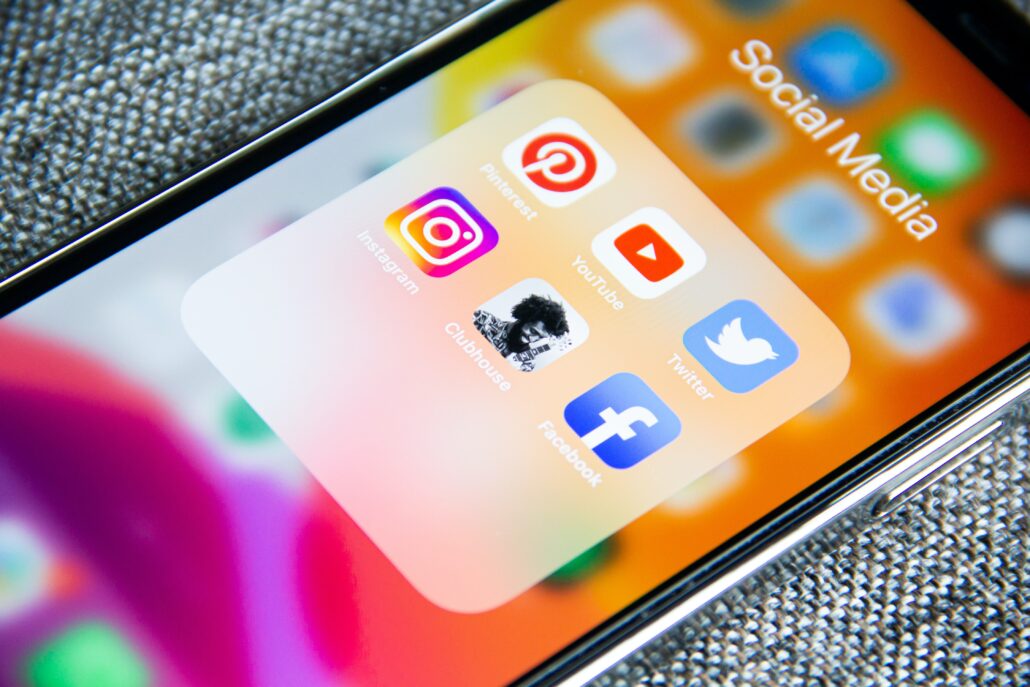Social media marketing is increasingly important for B2B brands who want to break through the noise.
Why are B2B brands investing more in their social media efforts?
For one thing, 70 – 80% of B2B buyers and decision-makers prefer remote or digital interactions with vendors. Social media is one way to reach these audiences effectively.
“With an entire buying community suddenly working from home and in-person events a remote possibility, B2B marketers had to get a lot more nimble in how they reached buyers,” says AdAge. “One way they did it was by investing more in digital channels like social media and using those channels for things like brand building and empathetic messaging.”
Beyond reaching customers, social media can also help you reach internal audiences and other influencers – like journalists. More than half (61%) of the journalists surveyed say they “usually” or “always” consult branded social media profiles when reporting on an organization, according to Muck Rack’s State of Journalism report.
What About the C-Suite on Social Media?
There’s sometimes a reluctance by C-suite executives to post on social media. While they may fear the backlash if they somehow go off message and post something perceived as controversial, perhaps the greater fear should be that by not being present on social media, the brand they represent can suffer.
For example, 65% of U.S. employees say it’s important for CEOs to actively communicate about their companies online, particularly during times of crisis. Further, 60% of employees say they would check an executive’s social media posts before joining a company.
LinkedIn and Twitter are the two social media platforms most popular with executives, so it’s worth considering a program to ensure your C-suite posts there consistently.
Strive For a Well-Rounded Approach to Your Marketing Program and Budget
While you’re budgeting for your social media spend, you want to factor in other initiatives like public relations and content to have a well-rounded, cohesive approach to your marketing program. When you work on these three in tandem, one channel can help feed the others.
For example, any earned media generated by public relations can be plugged into social media. Another example – when you create content like blog posts or customer success stories, these can be leveraged by your PR team in media pitches or press releases. And the cycle continues.
How to Budget Appropriately
The average B2B brand allocates just under 9% of its revenue on marketing, according to a 2019 CMO survey. Some recommend setting aside 10-25% of your marketing budget for social media marketing. Say you forecast sales of $20M in 2022 and assigned 10% of that to marketing. That would mean $200,000 to $500,000 should be earmarked for social media.
Whatever you allocate, you’ll want to check in periodically to gauge the results and tweak accordingly.
2022 Marketing Budgets Should Be in Line with Your Overall Goals
Overall, your 2022 marketing budget should take into consideration social media, content and PR initiatives that will help further your overall goals. Be sure to include research in that budget to help determine where your target audience is spending time. Then plan a consistent program, evaluate it along the way and make adjustments as needed.


